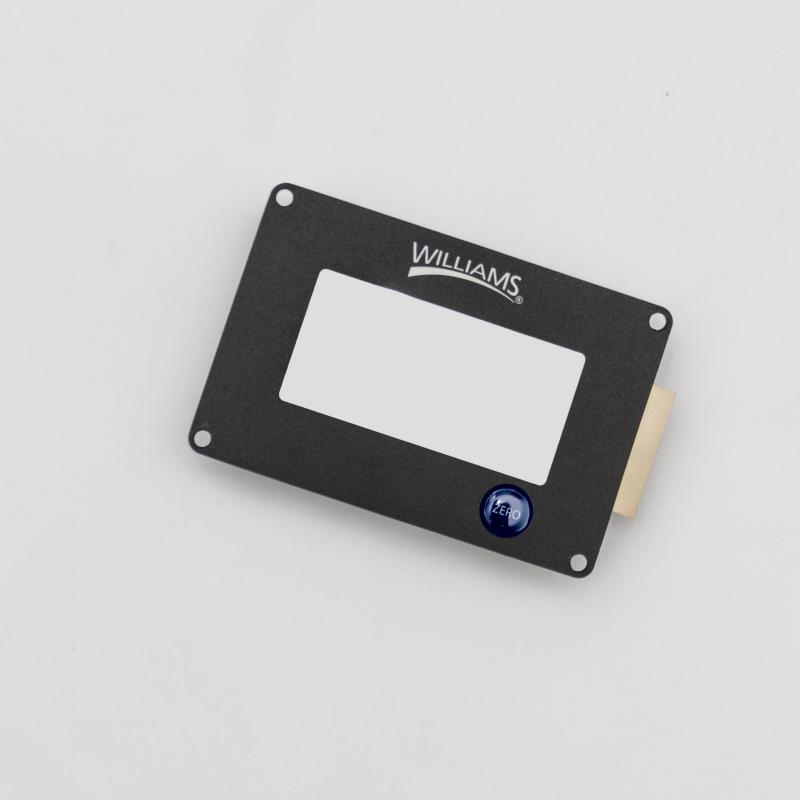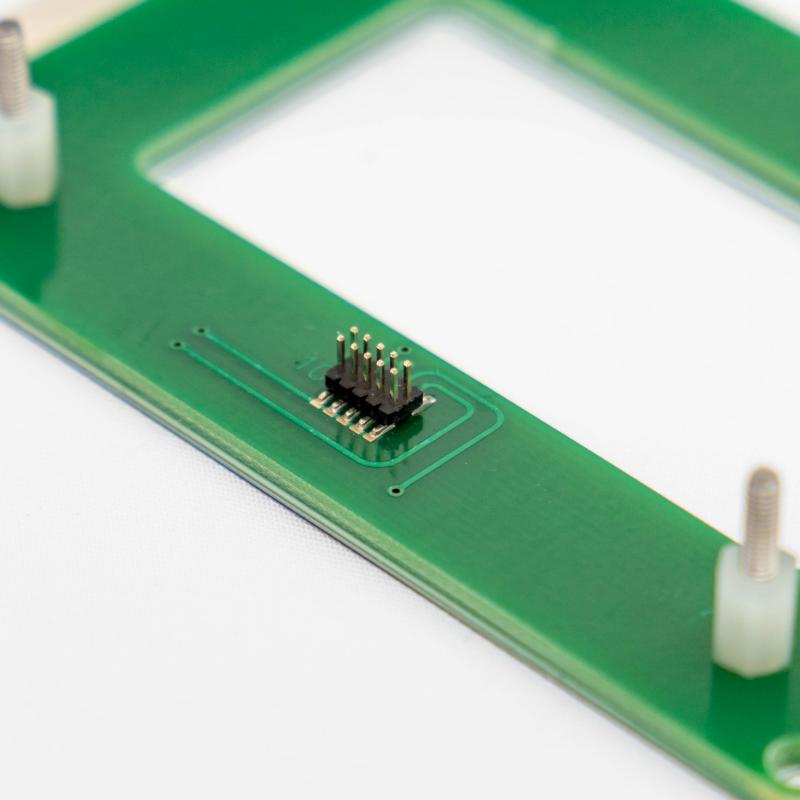Contact
Write to Us And We Would Be Happy to Advise You.
Do you have any questions, or would you like to speak directly with a representative?
By hqt
Designing a membrane switch requires careful planning and attention to detail. Whether you’re designing a switch for a new product or updating an existing one, there are several questions you should ask to ensure that your switch meets your needs and performs as intended. In this article, we’ll explore nine important questions to ask when designing a membrane switch.



The first question to ask when designing a membrane switch is what its primary function will be. Will it be used to turn a device on and off, adjust settings, or input data? Understanding the function of the switch is essential for ensuring that it is designed to meet the specific needs of the product.
The actuation force is the amount of force required to activate the switch. This can be an important consideration for products where the switch will be used frequently, such as a keyboard or remote control. Understanding the required actuation force can help ensure that the switch is easy to use and comfortable for the user.
Tactile feedback refers to the physical sensation felt by the user when the switch is activated. Some applications may require a more pronounced tactile feedback, while others may require a softer touch. Understanding the required tactile feedback is important for ensuring that the switch provides the desired user experience.
The life expectancy of a membrane switch is the number of actuations it can handle before it begins to fail. Understanding the required life expectancy is essential for ensuring that the switch meets the durability needs of the product. This can be especially important for products where the switch will be used frequently or in harsh environments.
Environmental resistance refers to the ability of the switch to withstand exposure to various elements, such as moisture, temperature extremes, and chemicals. Understanding the required environmental resistance is essential for ensuring that the switch is designed to withstand the conditions it will be exposed to.
The size and shape of the switch can be an important consideration for ensuring that it fits within the product’s design. Understanding the required size and shape can help ensure that the switch is both functional and aesthetically pleasing.
The graphic design of the switch can have a significant impact on the user experience. Understanding the required graphic design can help ensure that the switch is easy to read and use, while also meeting any branding or aesthetic requirements.
Backlighting can be an important consideration for products where the switch will be used in low-light conditions. Understanding the required backlighting can help ensure that the switch is visible and easy to use, even in dimly lit environments.
The electrical performance of the switch can impact the overall performance of the product. Understanding the required electrical performance, such as the required voltage, current, and resistance, is essential for ensuring that the switch is designed to meet the specific needs of the product.
Designing a membrane switch requires careful consideration of several important factors. By asking these nine questions, you can ensure that your switch is designed to meet the specific needs of your product, while also providing a reliable and user-friendly interface. With the right planning and attention to detail, you can create a membrane switch that meets both your functional and aesthetic requirements.
Do you have any questions, or would you like to speak directly with a representative?